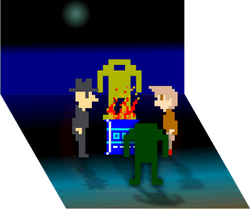
A true artist's work can not be duplicated. So thank you Brian for your contributions to the video game world. You've left your digital imprint, and though your time as a designer was way too short, your hard work will be seen and played for years to come.










 RSS Feed
RSS Feed
